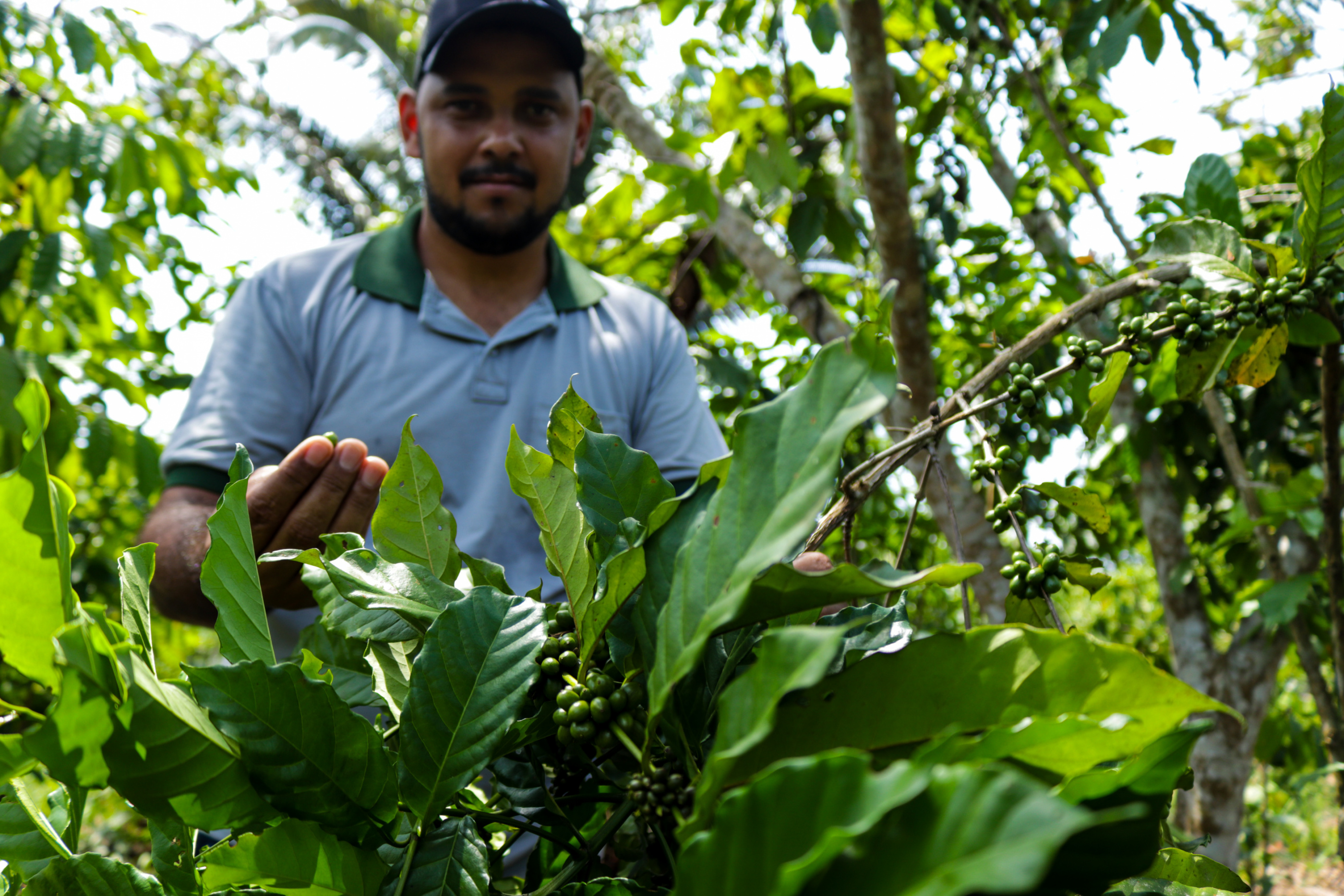Context
In 2022-2023, the Foundation launched its first international call for projects to support projects in biodiversity hotspots for 3years, those threatened ecosystems identified as critical areas for global biodiversity.
According to the Critical Ecosystem Partnership Fund (CEPF), there are 36 global biodiversity hotspots. To be identified as such, the ecosystem must contain at least 1,500 species of plants that are endemic to the geographical region concerned and cannot be found anywhere else on Earth (which makes them both special and vulnerable to extinction), and must have lost at least 70% of its primary vegetation. Overexploitation, pollution and the introduction of non-native species have greatly weakened these threatened ecosystems.
The Brazilian Atlantic Forest is one of these critical areas of global biodiversity. This forest and its associated ecosystems originally covered an area corresponding to 16% of the Brazilian territory. Currently, only 7% of the original forest remains intact and the majority of the remaining patches are integrated into a mosaic of secondary forests, tree plantations, pastures and agricultural crops. The forest fragments, regardless of their size, are scattered along topographically complex terrain and remain isolated, especially under the increasing pressure of urbanisation and agricultural expansion.
Although only 7% of the original forest cover remains, the Atlantic Forest is home to more than 20,000 plant species, of which 8,000 are endemic. Today, this key area of the Brazilian ecosystem is threatened by a growing lack of habitat for animal species, water pollution from agricultural activity and water runoff from low forest cover.
Supported Project
From 2022-2023, the L'OCCITANE Foundation has committed to support the WEFOREST project for 3 years, aiming to regenerate the ecological functionality and biological diversity of the Atlantic Forest, in the municipalities of Ibitinga and Itaju. Through forest maintenance and the creation of organic agroforestry systems, the project aims to restore the forest while introducing local farmers to environmentally friendly agricultural practices.
The planned reforestation strategy along the Tiete River and its tributaries will be carried out using two approaches. First, assisted natural regeneration will be implemented in areas with potential for spontaneous regeneration of native trees. Subsequently, active restoration will be carried out in areas without natural regeneration potential by, again, planting fast-growing, high-canopy native trees capable of shading out invasive grasses and establishing a forest structure in a short time.
The establishment of agroforestry systems and capacity building within the Dandara rural settlement will help restore sustainable production by engaging local communities in more environmentally friendly farming practices. This will be complemented by the creation of a seed collection group, a major challenge for the restoration of ecosystems, and the development of a beekeeping activity that will create jobs and increase the income of local small farmers.
Goals
Budget over the 3 years 600,000 euros
Goal 87.2 preserved hectares
Goal 495 beneficiaries

Photo credits ©WeForest